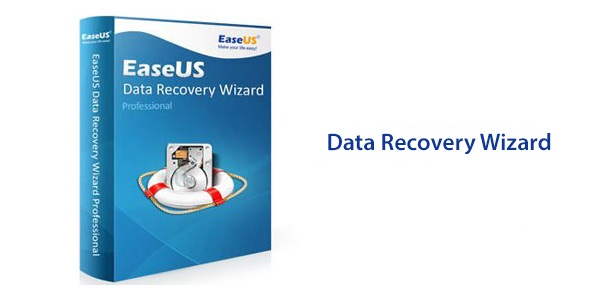

Recent literature suggests that daptomycin may be useful in the treatment of left-sided IE as well as right-sided IE ( 14– 16). Since that time, the successful use of daptomycin in the treatment of IE due to other Gram-positive organisms, including coagulase-negative staphylococci (CoNS), streptococci, Enterococcus faecalis, and Corynebacterium, has been reported ( 9– 13). Food and Drug Administration (FDA) approved daptomycin for the treatment of bacteremia and right-sided IE caused by Staphylococcus aureus ( 7, 8). Additionally, the rate of antimicrobial resistance among common Gram-positive IE pathogens has increased ( 5, 6), creating an urgent need for antibiotics with activity against such resistant pathogens. Recent studies indicate that the incidence of this serious infection is relatively high among life-threatening syndromes, ranging from 5.0 to 7.9 cases per 100.000 person-years ( 1– 4). Infective endocarditis (IE) of left-sided cardiac valves is characterized by high morbidity and mortality. In conclusion, higher-dose daptomycin may be an effective and safe alternative to SOC in the treatment of left-sided IE due to common Gram-positive pathogens. Regimens with higher daptomycin doses were not associated with increased incidence of AEs. aureus (MRSA) bacteremia was 1.0 day, irrespective of daptomycin dose, representing a significantly faster bacteremia clearance compared to SOC (1.0 versus 5.0 days P < 0.01). In cohort A, median time to clearance of methicillin-resistant S. In-hospital and 6-month mortalities were similar in the two cohorts. Two-thirds of the patients treated with daptomycin had failed a previous antibiotic regimen.

The median daptomycin dose was 9.2 mg/kg of body weight/day. Baseline comorbidities did not differ between the two cohorts, except for a significantly higher prevalence of diabetes and previous episodes of IE among patients treated with daptomycin. There were 29 and 149 patients included in cohort A and cohort B, respectively. Time to clearance of bacteremia, 6-month mortality, and adverse events (AEs) ascribable to daptomycin were also assessed. The primary outcome was in-hospital mortality. Among patients with left-sided IE due to Staphylococcus aureus, coagulase-negative staphylococci, and Enterococcus faecalis, we compared those treated with daptomycin (cohort A) to those treated with standard-of-care (SOC) antibiotics (cohort B). This was a prospective cohort study based on 1,112 cases from the International Collaboration on Endocarditis (ICE)-Plus database and the ICE-Daptomycin Substudy database from 2008 to 2010. The purpose of this study was to assess the influence of high-dose daptomycin on the outcome of left-sided IE due to Gram-positive pathogens. The use of daptomycin in Gram-positive left-sided infective endocarditis (IE) has significantly increased.


 0 kommentar(er)
0 kommentar(er)
